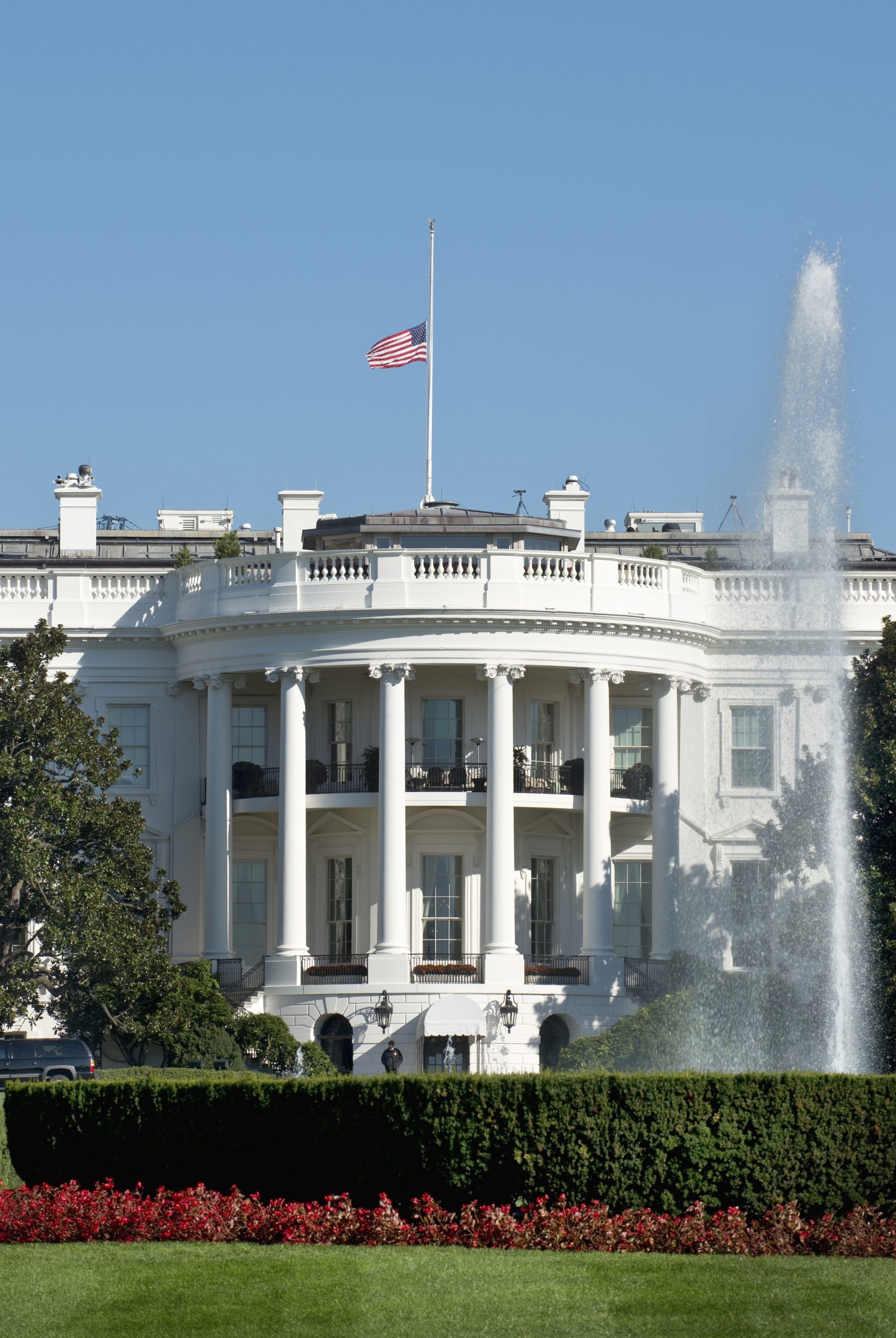President Obama Wants to Save the Honeybees
May 28, 2015
Bee Colony Collapse, Honey Bees
White House Rolls Out New Plan to Preserve Honeybees
With the number of honeybees on the decline across the United States, more and more people are becoming concerned about the effect their decreasing populations will have on the country’s environment and its agriculture. While scientists and other members of the honeybee and farming communities have been concerned for some time, the White House has just announced its long-awaited plan to help increase and stabilize honeybee populations throughout the U.S.
In an article posted on Time.com, the federal government has released its plan for a targeted program to help the honeybee population. Among the plan’s many initiatives are some standout plans including increasing the honeybee’s pollinator habitats, establishing seed banks for honeybee-friendly plants, and intensifying programs for training future bee scientists. The hopes are that these initiatives will help to not only increase the honeybee populations but also help sustain them into the future.
In addition to the production of raw honey, honeybees help to pollinate more than 90 commercial crops that are grown throughout North America. These crops include many vegetables, fruits, and nuts, which contribute billions of dollars to the United States economy. In the past few years, the populations of these important pollinators have been on the decline, so much so that beekeepers recently reported losing almost 40 percent of their honeybee colonies in the last year alone, information that was released as part of a study earlier this week.
The announcement of the White House’s new honeybee conservation program comes almost a full year after the Obama administration started to address the issue. At that time, the administration announced it was putting together a specialized task force to research and relay information about honeybee health across the country. The findings from this task force is what lead the Obama administration to put together its conservation plan, which should help to increase populations overall.
“By expanding the conversation through enhanced public education and outreach, as well as strongly built public/private partnerships, the Strategy seeks to engage all segments of our society so that, working together, we can take meaningful and important steps to reverse pollinator declines,” said Tom Vilsack, Secretary of Agriculture, and Gina McCarthy, Environmental Protection Agency Administrator in a recent letter that accompanied the government’s announcement of the program.


.jpg)




